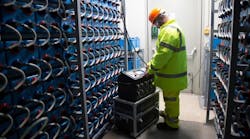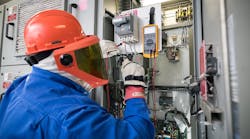Last week, we looked at similarities between the NFPA 70 (the NEC) and NFPA 70E. But there are also big differences between these standards. The most obvious is the difference in size; the NEC has about nine times as many pages. Its sheer size can be intimidating; how can you possibly know what’s in it?
Though its arrangement shares similarities with that of 70E, the NEC has nine chapters versus the three in 70E. The first four of those chapters apply to every installation. The next four apply to specific types of installations, and the last one is all tables.
The first four chapters are pretty much in work flow order. And you don’t have to apply every article in each chapter. If you’re a heavy NEC user, then over time you’ll know which articles you need (e.g., you’ll skip Article 215 and go to Article 230 if you are installing a service). If you’re not at that point, use the Table of Contents to identify the applicable articles. The work flow order makes this much easier than it would otherwise be.




